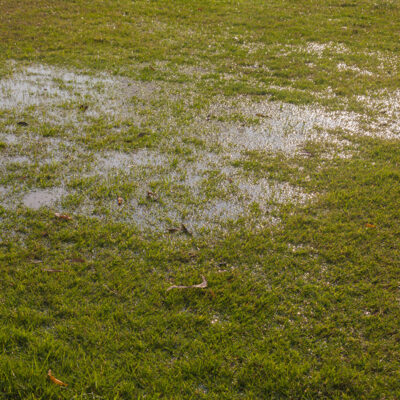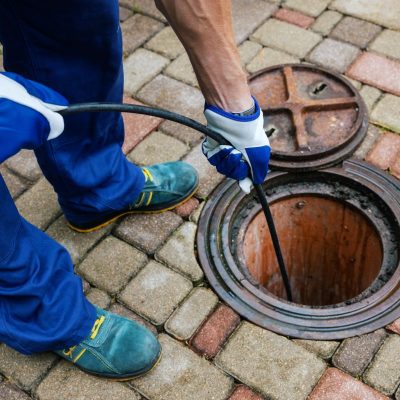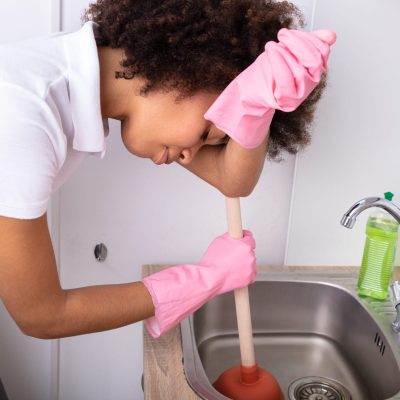Hydro jetting is a powerhouse when it comes to cleaning out clogged pipes and drains. It’s a sophisticated process that uses high-pressure water to dislodge years of accumulated filth from the interiors of your plumbing system. This guide aims to walk you through the process, from understanding what hydro jetting is to knowing when to use it and how to maintain your squeaky-clean drains afterwards. Let’s dive into the depths of hydro jetting and reclaim the flow of cleanliness in your home.
Step 1: Understand the Basics of Hydro Jetting
Hydro jetting involves the use of a high-powered stream of water to push through blockages and clean your drain. The device consists of a large water tank, a powerful hose, and different nozzle attachments that manipulate the direction and pressure of the water stream. The force of the water is strong enough to clear away almost any sort of residue or build-up, including grease, soap scum, sand, and silt.
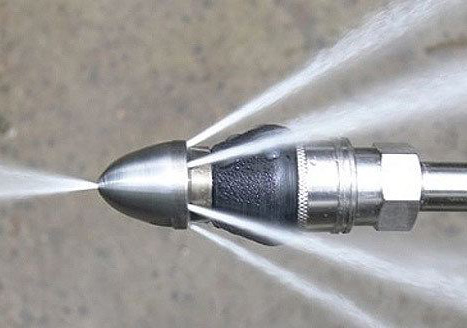
The Process of Hydro Jetting
Hydro jetting begins with a video inspection of your pipes, which is often performed to pinpoint the blockage and ensure the pipes are strong enough to handle the pressure. Once the technician has a visual, they insert the hydro jetting hose and start the flow of water. With different nozzles, the technician can vary the strength and direction of the water stream to best navigate through your plumbing system.
Benefits of Hydro Jetting
The main advantage of hydro jetting is its thoroughness. Unlike snaking, which simply bores a hole through the blockage, hydro jetting removes the clog entirely and provides a clean slate for your drainage system. It’s a more comprehensive solution that can prevent future issues due to the complete removal of waste.
Step 2: Assess the Need for Hydro Jetting
Knowing when to utilize hydro jetting can save you from potential plumbing disasters and maintain the health of your system.
Signs of a Clogged Drain
- Sluggish draining: Water takes longer than usual to drain from sinks, showers, and bathtubs.
- Foul odors: Accumulated waste can begin to emanate unpleasant smells.
- Multiple clogs: If you notice more than one drain in your home exhibiting signs of blockage, this could indicate a larger issue in the pipes.
Professional Help vs. DIY
While there are DIY kits available, hydro jetting can be complex and dangerous if not done correctly. It’s often best to leave this task to professionals, who have the training and expertise to operate the equipment safely and effectively.
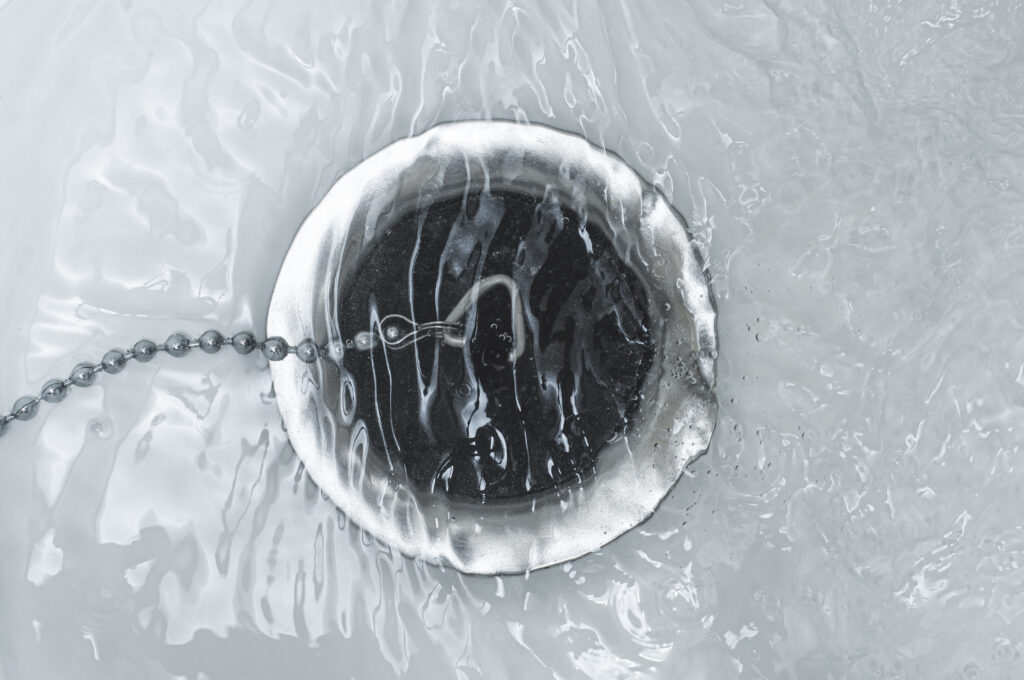
Step 3: Post-Hydro Jetting Maintenance
Once your drains have been beautifully cleaned, it’s time to take steps to keep them that way.
To maintain healthy drains, incorporate regular visual inspections to catch any signs of slow draining or blockage. Educate household members on what can and cannot be put down the drains, and use drain guards to catch hair, food particles, and other solids. Opt for eco-friendly drain cleaners to avoid pipe corrosion, and consider scheduling professional drain cleanings for larger households or businesses with significant drainage needs.

